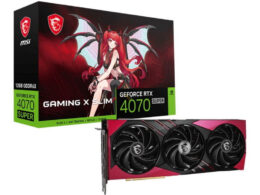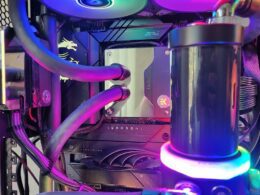The once-acclaimed future of central processing units (CPUs) with artificial intelligence (AI) acceleration features, has recently been tempered. Now, many suppliers believe that the full-scale breakthrough of such processors in the PC segment will only take place no earlier than 2025. In turn, demand for Low Power Double Data Rate (LPDDR) memory, predominantly used in new-generation laptops, is expected to grow, according to TrendForce specialists.
Meanwhile, the shift towards peripheral computations associated with AI is definitely set to commence this year, as highlighted by TrendForce representatives. Server systems with AI support are expected to see a sales volume increase of an impressive 40% to 1.6 million units in the current year. In terms of peripheral computations in the PC segment, a performance level of 40 trillion operations per second(TOPS) would serve as the threshold for CPU expansion with AI acceleration support. This is the level of performance deemed acceptable by Microsoft for operating with its AI-aided Copilot, which will be integrated across the Office suite of apps and the Windows operating system as a whole.
Qualcomm’s Snapdragon Elite X processors – presented late last year and ready to launch in the second half of this year – are owning up to this M performance standard with a performance level of 45 TOPS. However, as these are Arm-compatible, they won’t be able to significantly steer the x86-compatible PC market. AMD’s Ryzen 8000 (Strix Point) processors will also clear the 40 TOPS level.
On the other hand, Intel’s dominant products in the consumer segment are not faring as well. As TrendForce clarifies, the company’s already presented Meteor Lake processors can only lay claim to a performance level of 34 TOPS – insufficient for smooth operation with Copilot. Lunar Lake mobile processors, which will exceed the 40 TOPS performance limit, will only hit the market towards the end of the current year.
The minimum random-access memory (RAM), as recommended by Microsoft for processing with Copilot, stands at 16 GB. In the long term, TrendForce analysts believe this requirement itself will raise RAM demand. Additionally, the aforementioned processors are transitioning to integrated LPDDR5x-type memory usage. Thus, laptops armed with this feature will increasingly incorporate this memory type, with its share projected to reach 30–35% this year.





